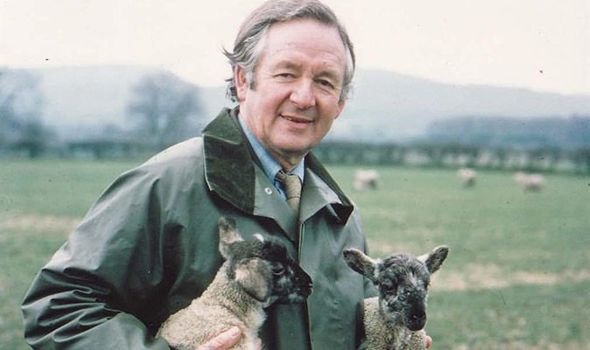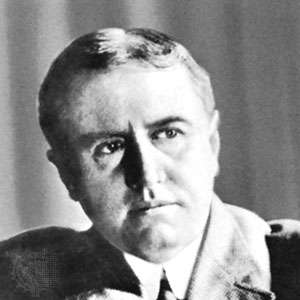We have decided to create the most comprehensive English Summary that will help students with learning and understanding.
A Tale of Two Birds Summary Class 6 English A Pact With the Sun
A Tale of Two Birds Summary in English
Once there lived a mother bird in a forest. She had built her nest in a tall, shady tree. She had two new-born babies. She took great care of them.
One day, a storm came. There was thunder, lightning and rain. Many trees were uprooted. The tall tree with the nest also came down. The mother bird was killed. But the baby birds were saved. The strong wind blew them away to the different sides of the forest.
One bird came near a cave, in which robbers lived. He learnt their ways. The other came outside a rishi’s ashram. It learnt the gentle ways of the rishi. Both became big birds with the passing of time.
One day the king of the country came to that forest to hunt. He rode after a deer. He lost his way. He was tired. He stood near a cave. He heard the voice of a bird. It asked the robbers to come and loot the traveller. The king was afraid. He rode away at once.
Soon he reached the rishi’s ashram. He sat down in the shade of a tree. He heard a bird’s voice. It was sweet and gentle. It welcomed the king.
Soon the rishi returned to the ashram. The king told him the story of the two birds. The birds looked alike. But they spoke differently. One imitated the robbers. The other welcomed the king sweetly.
The rishi explained the reason why it was so. The two birds were brothers. But they behaved differently. It was the result of the company, they kept.
A Tale of Two Birds Summary in Hindi
एक समय एक मादा पक्षी एक जंगल में रहती थी। उसने अपना घोंसला एक ऊँचे घने छायादार वृक्ष पर बना रखा था। उसके दो नवजात बच्चे थे। वह उनका बहुत ध्यान रखती थी।
एक दिन एक तूफ़ान आया। बादल गरजे, बिजली कौंधी तथा वर्षा होने लगी। अनेक वृक्ष समूल उखड़ गये। ऊँचा लम्बा वृक्ष भी घोंसले के साथ नीचे गिर गया। मादा पक्षी मर गई। पर उसके बच्चों की जान बच गयी। तेज हवा उन्हें जंगल के अलग छोरों पर उड़ा ले गई।
एक पक्षी तो एक गुफा के निकट पहुँच गया जिसके अन्दर डाकू रहते थे। उसने उन्हीं के रंग-ढंग सीख लिये। दूसरा पक्षी एक ऋषि के आश्रम के बाहर आ गिरा। उसने ऋषि के नेक तरीके अपना लिये। समय बीतने पर दोनों पक्षी बड़े हो गए।
एक दिन उस देश का राजा उस जंगल में शिकार के लिये पहुँच गया। एक हिरन के पीछे उसने घोड़ा दौड़ाया। वह रास्ता भटक गया। वह थक गया था। वह एक गुफा के निकट खड़ा हो गया। उसने एक पक्षी की आवाज़ सुनी। पक्षी ने डाकुओं को बोला जल्दी आकर यात्री को लूट लो। राजा डर गया। वह तुरंत भाग चला।
शीघ्र ही वह ऋषि के आश्रम में पहुँच गया। वह एक वृक्ष की छाया में बैठ गया। उसने एक पक्षी की आवाज़ सुनी। आवाज़ मधुर तथा सौम्य थी। उस पक्षी ने राजा का स्वागत किया।
शीघ्र ही ऋषि आश्रम में लौट आये। राजा ने उन्हें दोनों पक्षियों की कहानी सुनाई। पक्षी एक जैसे दिख रहे थे पर उनकी भाषा भिन्न थी। एक डाकुओं का साथ दे रहा था। दूसरे ने राजा का गर्मजोशी से स्वागत किया।
ऋषि ने इसका कारण बताया। दोनों पक्षी भाई थे पर उनका आचरण विपरीत था। यह उनकी संगति का परिणाम था।




